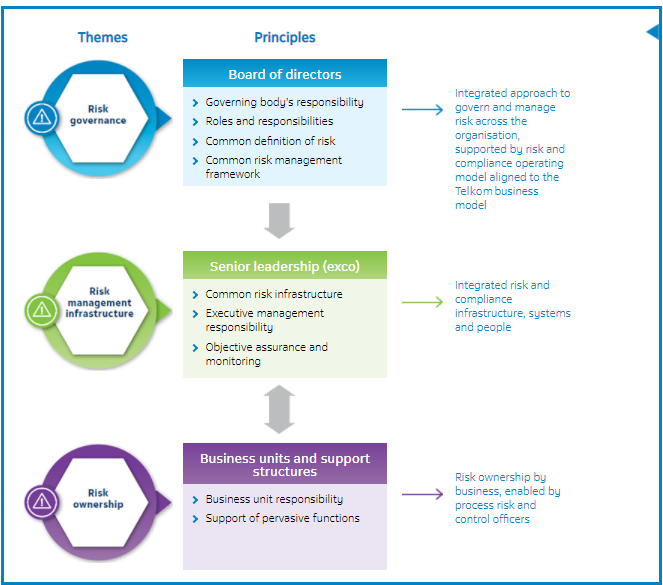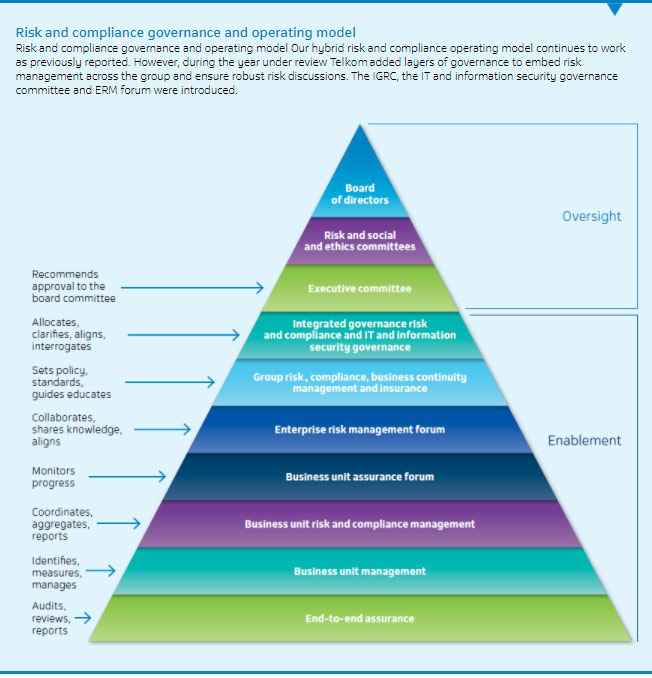technically correct throughout the submission.
•Position of the reference: a reference is directly associated with
every concept or idea.
|
•Position of the references: references are only given at the
beginning or end of every paragraph.
•For example, the student has incorrectly presented direct quotes
(in-text) and/or book chapters (bibliography/reference list).
|
•For example, incorrect author information is provided, no year of
publication is provided, quotation marks and/or page numbers for direct
quotes missing, page numbers are provided for paraphrased material, the
incorrect punctuation is used (in-text); the bibliography/reference list
is not in alphabetical order, the incorrect format for a book
chapter/journal article is used, information is missing e.g. no place of
publication had been provided (bibliography); repeated sources on the
reference list.
|


